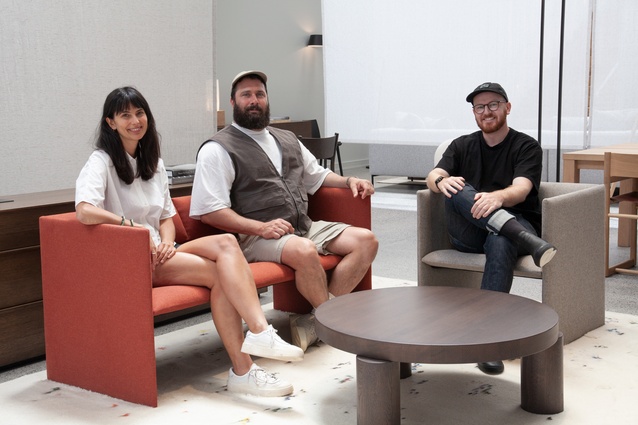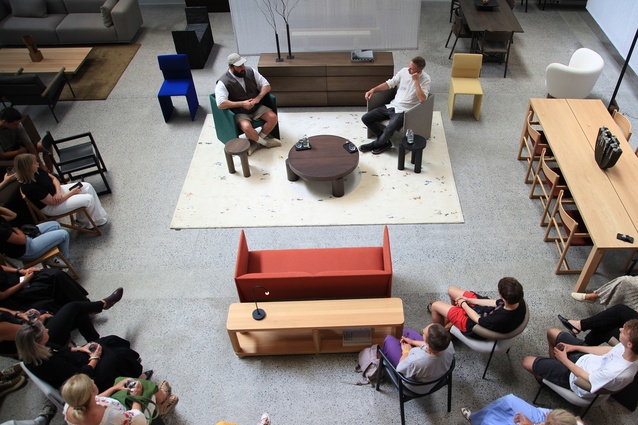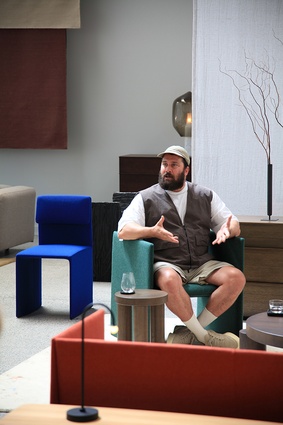In conversation with Philippe Malouin
Travelling to New Zealand for the first time, acclaimed designer Philippe Malouin sat down with Ella Lilley-Gasteiger and Nathan Swaney from Gestalt Studios to talk about his approach to the design process and his new work with Resident, the globally-focused furniture collection created by Simon James and Scott Bridgens.
Ella Lilley-Gasteiger (ELG): I remember hearing you say a lot of your best ideas are ‘happy accidents’ and your work always contains an element of fun. Is that a conscious thing that you work towards?
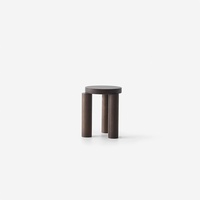
Philippe Malouin (PM): No, aesthetically I don’t think it should ever appear fun. I think what’s fun is the concept. For example, with the Offset Table, the legs are offset because I once screwed the legs in incorrectly — so it came out wrong. That’s where the idea came from. But the aesthetic language of it is super sober: minimal; simple.
ELG: With your gallery work versus the mass-produced products, do you prefer one or the other, and does one inform the other?
PM: One informs the other. The gallery work always informs the mass-produced because while you’re making something, you make a discovery, then you expand on an idea and it goes into production. We call it ‘cooking’ — you cook it and then you reduce, reduce, reduce: do the lines perfectly, do the proportions perfectly. So you start with the idea and then you cook it — paper models and then change, change, change — until it’s as minimal as possible. Proportion work is a huge part of it.
ELG: I know you sketch and you model. How do you normally start the design process off?
PM: It’s all different. Sometimes there’s an item on the shelf, sometimes I start 3D modelling and, for sofas and armchairs, I work with foam and I’ll fold it a certain way. It’ll give me a shape, and I show them [the clients] the shape, and then I start the same process. For sofas, I work with soft things; for things that are going to be hard, I’ll try to weld something, and then I make a model. I think making something without thinking too much is important.
All the stuff I did for The Breeder in Athens, I’d go to junkyards and I’d pick stuff up — I’d cut it up and re-weld it. These were shapes that I wouldn’t think of designing in the first place, sitting on the computer. I’m sure designers like Charles and Ray Eames were able to conjure design perfection out of their brains instantly — I can’t, I’m not that good a designer. I need to go out there and see things for myself.
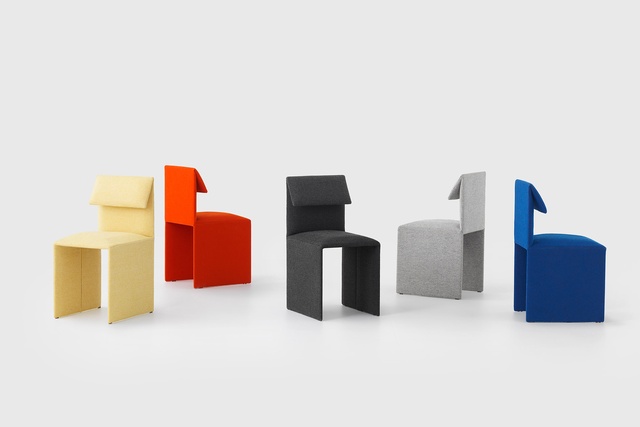
NS: I’m interested in the teaching aspect of things. You completed Steel Works and then went to teach a design paper in Lausanne [Switzerland]. Are there things that have emerged from that teaching experience?
PM: I did a workshop there [ÉCAL in Lausanne]… it wasn’t really teaching. I would go to a junkyard with the students and I’d just be like, “Hey, look, you can take this and cut it in half and weld it. There you go!”
It’s important to say that the kids at ÉCAL are there for meritocracy, they’re not there because they have rich parents. No. The kids at ÉCAL are serial killers — they’re amazing. Also to get in is really hard, you have kids from across the entire world that are trying to go to ÉCAL and it’s government-subsidised — so it’s all merit. You go there and the kids are really good and they know how to do everything. They know how to shoot a perfect photo, how to light it, how to do a layout web — you name it. They’re machines, they do everything.
ELG: To touch on Steel Works, the project you exhibited in Athens where you took scrap metal and turned it into furniture, where did that idea come from? Were you looking at it from the perspective of “Shit, we have a responsibility as designers to reuse or think about things differently?”
PM: It was another happy accident, and I don’t want to ‘greenwash’ it. It’s convenient to reuse our waste, no matter what. It didn’t come about as an eco-project but was subsequently nominated as such and I refused it [the nomination] because it wasn’t the intent and I didn’t want to be untruthful about it.
It goes to show that there are tonnes of waste out there that you can reconfigure and repair and make something new out of and it’s one of millions of examples. But also, most importantly, it’s nothing new that I’m doing. Tom Dixon was doing that in the 80s. Mine aren’t better, I don’t even know how to weld. So, if anything, I was inspired by him. You don’t need all this new steel. Although, the good thing about steel is it’s infinitely recyclable.
NS: You say you don’t know how to weld but still use it as a way to create. Is it something that you don’t necessarily want to get any better at because it serves its function for your making?
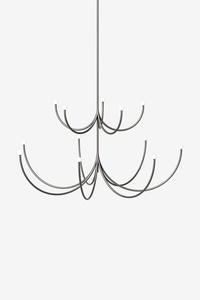
PM: I don’t feel the need to make these perfect, beautiful welds. Actually, I received heat for that. A friend sent me a comment on Dezeen, which read “lol, look at these stupid welds.”
Because, it’s true, my welds are really bad. But that isn’t the point, the point is not for me to be an artisan — that’s not what I’m trying to do. The more you do anything, the better you get at it. But at the end of the day, welding is like using a giant glue gun and it goes where it goes. As long as you clamp your things well and you measure and make sure everything is perpendicular and horizontal, then you’ll be fine.
It’s about things being done quickly. That’s what I was trying to do with the kids from ÉCAL. I was just like “Stop thinking so hard and make things super quick. I want you guys to have made six things in four days,” like make, make, make.
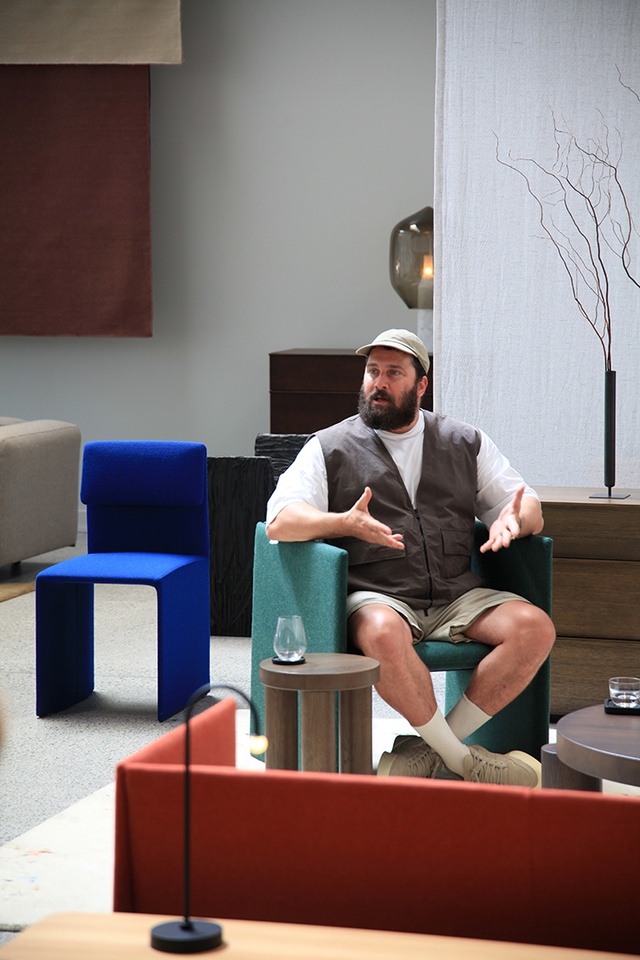
ELG: It’s almost a superpower not being scared to make a lot of mistakes in the process of getting to where you want to be. Often people are really scared to do that because it’s like “Oh, I want it to be good,” and that disregards half your thinking.
PM: Ceramics is like that because it’s daunting. You can make things quickly, it’s not hard to make something out of clay. It’s right there, you don’t need tools. A lot of people want it to be pretty, want it to be nice, want it to be perfect.
And ceramics is probably the hardest thing. Unlike finding bits of steel and putting them together, it’s fully yours and you’re making it out of nothing, which is daunting and terrifying.
If you don’t know how to just start making things, you’ve got to set yourself parameters, and once you have parameters, then you can start making things. Let’s say, you and I are walking into a studio, and I’m like “You can only make stuff using this hammer.” It sounds insane! But, with the back of the hammer, you’ll be able to get some of the clay off and you’ll be able to hammer down parts. You will get to a formal language that is like nothing else because you gave yourself this one directive to go with. When I do workshops, that’s the kind of stuff that I do.
ELG: You’re right, constraints can help sometimes. I understand that your favourite places to be are on water or near water. Do you also find inspiration in your surroundings?
PM: My childhood house was on a lake, I had a boat, I was fishing, I was doing all those things in Canada. In the winter, I went to the mountains.
I went to London for really good reasons. I worked for Tom Dixon when I graduated, I got a job, and I was really lucky to be there. Then I started my own thing and it picked up. But, now that I’m older, I don’t think I need the big city or want the big city — especially after Brexit. I don’t find the big city as interesting.
The whole point of London was it was the centre of the world, all of Europe was there. All of my mates were from Spain, Portugal, Berlin — everywhere. I love London. I’m not badmouthing London but it’s not what it used to be before Brexit.
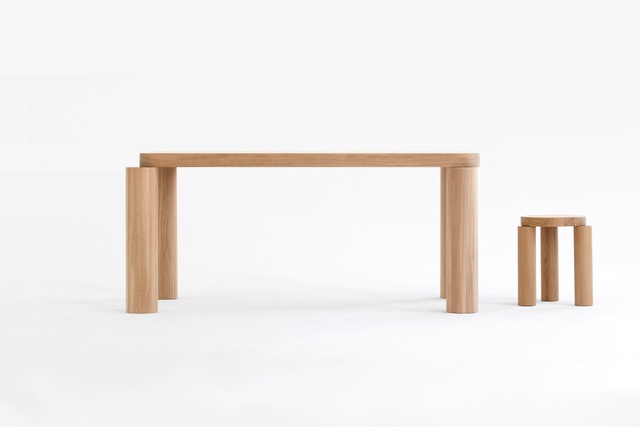
NS: You’re here with Resident — and this is not a sponsored question — but obviously you like collaborating here. Is there anything you’ve found in working with these guys that’s unique to them?
PM: It’s very unique because it’s a family-owned business. I’ve known Scott [Bridgens] forever. We both worked at Tom Dixon — everybody I know has worked at Tom Dixon, I took over from Max Lamb.
But working with Scott is great. It’s fun because, with a company the size of Scott’s, I can talk about an idea and have a very honest conversation about it — whether it works or not, what’s right and what’s wrong, what we want changed, what makes sense and how to make it — how to push it forward.
When working with big companies like Flos, for instance, it is such a giant machine that to get a direct answer about a direct question, it takes much longer. So there’s this very personal joint effort for the greater good when you work with Scott.
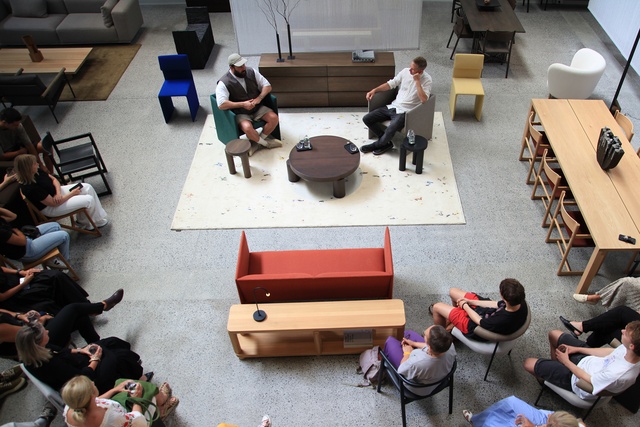
NS: From our perspective as architects, when you’re on the same page with the client from the outset, it’s amazing how much quicker the process can condense when you can cycle through all of those decisions.
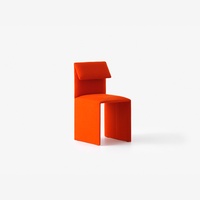
PM: Also, it’s a much more emotional response to the product. When I design for some of the big Italian brands I work with, things go through marketing, and marketing goes through financial feasibility, packaging, weight, logistics etc. to get a yes before it’s sent for prototyping. So, even though the art director likes your project, it will go through five different departments, will go back to the CEO to get signed off, and then the prototypes are made. Whereas, when working with Scott, it’s a case of we both like this, we’re both excited about this.
Thinking of the Sasha Chair, that happened once again as an accident because I didn’t fold the back of a paper model well and it unglued. It became the chair and then became the sofa. The sofa is really unlike anything I’ve seen. It doesn’t hold much space, it has very limited connection with the ground. And to be able to say yes to these kinds of things and make different things happen quickly, it’s just lovely.
And hopefully it keeps existing. Sometimes you’ll design something that you adore and it’s not a success. It just fades away and the company drops it — which is something that happens.
A successful product has around a 10 to 15 year cycle and, if you’re lucky, one or two will just keep selling forever. So that’s what you can hope for.
NS: It’s interesting that an idea doesn’t necessarily die. The product may not work at early concept stages but it gets put on a shelf and gets reintroduced in a completely different context. And the idea is still good, it still lives.
PM: There are so many ideas that are so good. That’s the thing, it’s such a crazy world because there are so many talented designers but they’re not seen by the CEOs of the big companies.
I don’t think I’m better than any other designer. I just happened to go to that school at the time, [Design Academy] Eindhoven — and it was very publicised — and I worked for Tom [Dixon] and I also could be more mobile and I had parents that were wealthier than others. So it’s a tough business and I wish it wasn’t so hard.
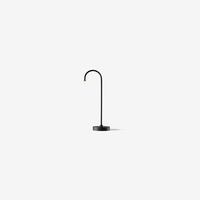
ELG: Thinking about that, when times are tough, is there anything that keeps you inspired that you could share with students, or those starting out?
PM: The main thing is the students starting out. The thing that sucks is that they think that they’re going to graduate, go on to designing a chair for a big company, and they’ll be fine. When I give a talk about my work and they say to me: “I want to do what you do,” I’m like, “Oh, cool. You’ll need to go to the big school, graduate top of your university, be selected by the art director so you’re shown in Milan, and then you have one chance in 1000 to get a big brand to make one of your things.”
The only thing I would say as a piece of advice is to work harder and better than the professionals. The photos need to be better, the manufacturing needs to be better, the idea needs to be better communicated, and you need to be on a super-high level, even though you’re starting out.
There’s room for everyone and everyone’s design opinion is valid and important and you’ve just got to show it. By ‘showing it’ I mean, I did every exhibition, I did every group show with friends, I was part of every design week and I worked for free for almost a decade — like free everything, it was insane. You need to have the capacity to do that and I knew what I wanted. I wanted this.

